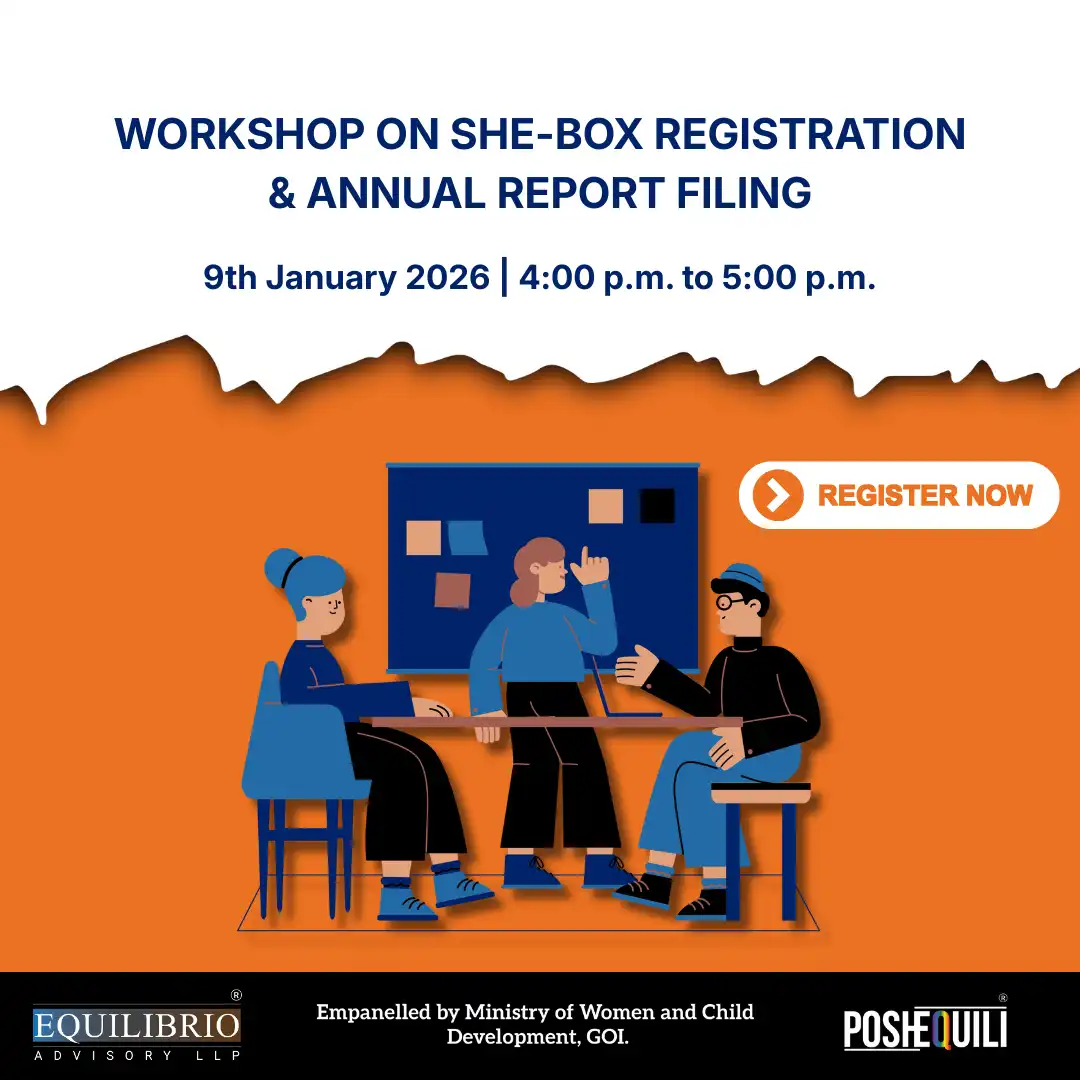Bombay High Court held that offensive language used in emails or on social media can be subject to penal action for insulting a woman’s modesty.
Facts of the Case
On August 21, 2024, the Bombay High Court addressed the issue of whether written insults, such as those conveyed through email or social media, can be prosecuted under Section 509 of the Indian Penal Code (IPC), which traditionally applies to spoken words (Section 509 of the Indian Penal Code (IPC) – offense of insulting the modesty of a woman). The case involved a writ petition by X, who challenged an FIR filed against him for sending derogatory emails to Y, a fellow resident of his housing society, in 2009. The emails included defamatory content aimed at degrading Y’s reputation and were also forwarded to other society members.
Contention of the Petitioner
X contended that Section 509 of the IPC should be interpreted to apply only to spoken words, not written communication. He argued that since the term ‘uttered’ in the section implies spoken words, written insults in emails or social media posts should not fall under this provision.
Contention of the Respondent
Y, argued that Section 509 encompasses any form of communication that can insult or outrage the modesty of a woman, including written texts. They contended that the intent and effect of such communication, regardless of its medium, should be considered under the law.
Court’s Observation
The Bombay High Court observed that the advent of modern technology necessitates a broader interpretation of legal provisions to reflect societal changes. The Court highlighted those insults communicated via electronic means, such as emails or social media, are as impactful as spoken words and should not be exempt from legal scrutiny. The judges emphasized that the essence of Section 509 is to protect the modesty of women, and the manner of communication should not restrict the applicability of the law.
The Court stated, “If such narrow interpretation is accepted, many a men will walk away, unhindered by consequences merely by shooting e- mails or using social media platforms to malign and insult a woman and outrage her modesty. Modern technology makes such manner of perpetrating the offense verily real. Similarly, to ‘exhibit’ an object is not restricted to actually and physically exhibiting it by the accused himself, but the exhibition can be by way of an agency of a device such as a personal computer, mobile phone or any other electronic device”
Finally, the Court noted “The content of the e-mails share information and details about her and her family, which the Petitioner claims to know. Sharing such details of her with third persons, especially the residents of the same Society who she is likely to see frequently and without her consent is an affront to her personal dignity. She has a right to be left alone and live her life in a dignified manner. In the event that the Petitioner had any disagreement with her, it was for him to take it up with her directly by verbal communication or written or through electronic medium but the act of copying others on e-mails with no purpose evident but to degrade her, clearly demonstrates his intent.”
Court’s Decision
The Court decided not to quash the FIR against X, affirming that Section 509 of the IPC applies to both spoken and written communication. The judges noted that the emails in question were designed to insult and degrade Y, thus satisfying the criteria for an offense under Section 509. However, they did quash the invocation of Section 354 of the IPC in this case. The decision reflects the Court’s view that legal interpretations must evolve to address contemporary issues and uphold the protection of women’s dignity across all forms of communication.




